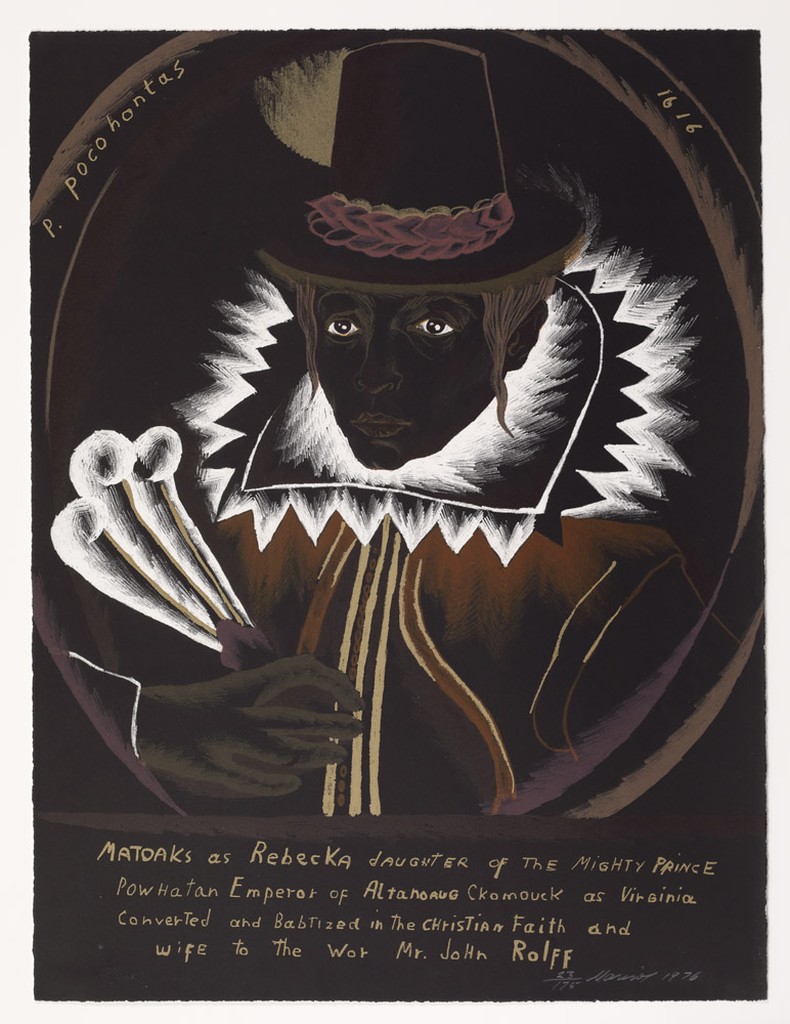Marisol Escobar was a French-Venezuelan sculptor who was born in May 1930 and passed away in April 2016. Born in France to a wealthy family, Escobar spent most of her childhood in the United States, often travelling to other European countries. Having experienced many personal hardships in her life (Her mother’s suicide when Escobar was only 11, as well as being shipped off to boarding school away from her family), Escobar chose to be mute for most of her childhood. Unlike most female painters and artists, we have studied so far in this course, Escobar’s artistic talents and feats were encouraged by her family. Escobar’s family would frequently take her to museums, and she would frequently win awards and prizes at the schools she attended growing up. Escobar’s formal education in the arts began in 1946 at the Otis Art Institute in Los Angeles, under the tutelage of Hans Hofmann, a German American painter. The first time Marisol earned large amounts of recognition as an artist was in the Stable Gallery in 1962, and was considered to be “The first girl artist with glamour”, as stated by Andy Warhol. Much oof her work was attributed to Pre-Columbian art, American folk carving, Surrealism, as well as Pop art.
During this time period, there was a reintroduction of traditional values about race and gender, following the events of World War 2. Examples of this would be her works that would depict women imprisoned in wooden blocks and often with children in middle-class suburban life.
Pocahontas was a Native American woman who was known for her association with the colonial settlement at Jamestown, Virginia. Being the daughter of Powhatan, the chief of the Altanoaug Ckomouck tribe, Pocahontas was kidnapped and held for ransom by the colonists during the 1600’s. She was then converted to Christianity, baptized and married to a tobacco planter John Rolfe, at the age of 17. Pocahontas travelled to London with her new husband and paraded to the British as an example of a “civilized savage”. Marisol’s take of the princess is a lithograph on paper. The dark stone background helps show that Pocahontas was in fact darker skinned than what many people thought. The clothes she is wearing in the piece are very formal and what would be considered more sophisticated by European standards. Despite the dark background and general colour scheme of the piece, her eyes seem to be one of the most visually striking parts of the artwork. The eyes convey what looks to be sadness as if she feels trapped in her situation, which in fact was the case, Marisol does an excellent job of conveying the longingness to return home in Pocahontas’ eyes. Her face almost seems to be framed by the massive collar on the garment she is wearing. She also appears to be holding a three-feathered pen in her right hand, perhaps signifying the eventual peace achieved between the Colonialists and her tribe. It is worth noting however that her father’s attempts to retrieve her from the Colonialists were so weak that Pocahontas decided to stay with her captors after the peace was achieved.
Marisol. (n.d.). Retrieved October 22, 2020, from https://www.britannica.com/biography/Marisol

Did you see the painting in the Smithsonian made from the Simon Van De Passe engraving from 1616 that Marisol wanted to correct? He made her whiter than white…
https://www.si.edu/object/pocahontas%3Anpg_NPG.65.61